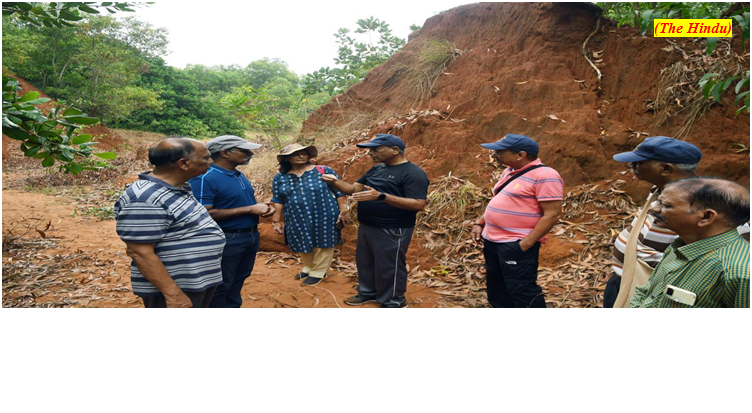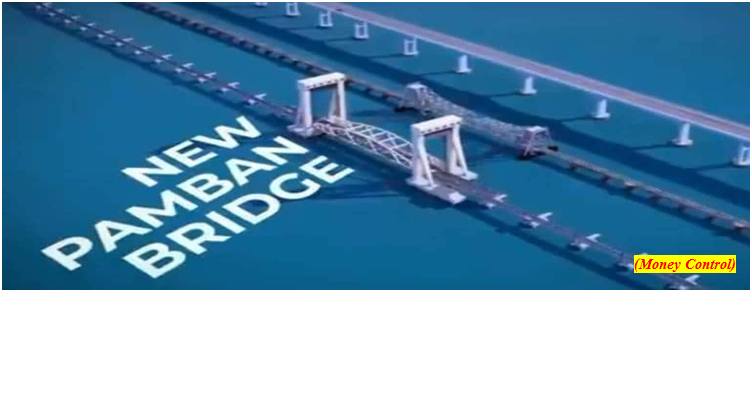IFFCO ranked Number 1 among Top 300 cooperatives globally (GS Paper 3, Economy)

Why in news?
- The Indian Farmers Fertiliser Cooperative Limited (IFFCO) has been ranked number 1 among the top 300 cooperatives in the world.
- The ranking relates the turnover of the enterprise to the wealth of the country according to the 2022 edition of the 11th Annual World Cooperative Monitor (WCM) report published by the International Cooperative Alliance (ICA).
Another achievement:
- IFFCO has also secured 1st Position among the top ten cooperatives of the world in the agriculture sector.
- The International Cooperative Alliance (ICA) and the European Research Institute on Cooperative and Social Enterprises (Euricse) launched the 2022 edition of the World Cooperative Monitor during an international webinar.
IFFCO:
- It is one of India's biggest cooperative societies which is wholly owned by Indian Cooperatives.
- Founded in 1967 with just 57 cooperatives, today IFFCO has about 36,000 member cooperatives.
- Among its notable achievements, IFFCO has developed the world’s first nano fertiliser with an aim to reduce the use of chemical fertiliser and enhance crop productivity, a giant step towards sustainable farming, besides increasing farmers’ income
11th Annual World Cooperative Monitor (WCM) report:
- In the Top 300 ranking based on the ratio of turnover over the Gross Domestic Product (GDP) per capita as they did last year, two Indian producer cooperatives reached the first and second positions: The Indian Farmers Fertiliser Cooperative (IFFCO) and Gujarat Cooperative Milk Marketing Federation Limited. In third place is the French Groupe Credit Agricole.
- Notably, most of the top 300 enterprises are from the most industrialized countries such as the US (71 enterprises), France (42 enterprises), Germany (31 enterprises), and Japan(22 enterprises).
About WCM:
- The World Cooperative Monitor is a project designed to collect robust economic, organizational, and social data about cooperatives worldwide.
- It is published each year to report on key economic and employment data of the Top 300 cooperatives.
- This latest edition will mark the report’s move into its second decade of reporting on economic and social impact and presents a deeper dive into digitalization and cooperative identity.
Protect glacial-period coastal red sand dunes of Vizag
(GS Paper 1, Geography)
Why in news?
- The Geologists say that coastal red sand dunes of Vizag has much significance geologically, archaeologically and anthropologically and it needs to be protected for further study and evaluation.

Erra Matti Dibbalu:
- The coastal red sand dunes of Visakhapatnam are popularly known as ‘Erra Matti Dibbalu’.
- The site is located along the coast and is about 20 km north-east of Visakhapatnam city and about 4 km south-west of Bheemunipatnam.
- This site was declared as a geo-heritage site by the Geological Survey of India (GSI) in 2014 and the Andhra Pradesh government has listed it under the category of ‘protected sites’ in 2016.
Why it matters?
- Primarily this site needs to be protected to study the impact of climate change, as Erra Matti Dibbalu have seen both the glacial and the warm periods.
- The site is about 18,500 to 20,000 years old and it can be related to the last glacial period.
- It is a lively scientific evolution site, which depicts the real-time effects of climate change.
- About 18,500 years ago, the sea (Bay of Bengal) was at least 5 km behind from the present coastline. Since then it has been undergoing continuous active changes till about 3,000 years ago and still the changes are on.
- Such sand deposits are rare and have been reported only from three places in the tropical regions in south Asia such as Teri Sands in Tamil Nadu, Erra Matti Dibbalu in Visakhapatnam and one more site in Sri Lanka. They do not occur in equatorial regions or temperate regions due to many scientific reasons.
Geochemically unaltered:
- The top light-yellow sand unit, which is estimated to have been deposited around 3,000 years ago, could not attain the red colouration as the sediments were geochemically unaltered. These sediments are unfossiliferous and deposited over the khondalite basement.
- The dunes consist of light yellow sand dunes at the top followed by a brick red sand unit, a reddish brown concretion bearing sand unit with yellow sand at the bottom.
- The earlier studies indicate that the bottom-most yellow sand unit is fluvial while the other overlying three units are aeolian in origin.
Archaeological significance:
- The site also has archaeological significance, as studies of artefacts indicate an Upper Palaeolithic horizon and on cross dating assigned to Late Pleistocene epoch, which is 20,000 BC.
- Scientists from the university say that the site was home to the pre-historic man as the excavations at several places in the region revealed stone implements of three distinctive periods and also the pottery of the Neolithic man.
Way Forward:
- Keeping all these in mind, it is the responsibility of the State government to see that the site is protected at all costs from all vagaries.
New Pamban Bridge
(GS Paper 1, Geography)
Why in news?
- Recently, the Ministry of Railways informed that around 84 per cent of work has been completed on India’s first vertical lift railway sea bridge, the new Pamban Bridge.
- The 2.07 km longPamban rail sea bridge in Tamil Nadu will connect the holy Rameswaram on Pamban island to mainland India.
- It is also expected to be a boon for pilgrims travelling to Rameswaram and Dhanuskhodi as well as enhance tourism.

What is a vertical lift bridge?
- Vertical lift bridges use a system of counterweights and cables to move an interior lift span section that remains horizontal as it is raised up and down like an elevator, allowing river traffic to pass beneath the structure.
- US’ Hawthorne Bridge, Ryde Bridge in Australia and France’s Pont Jacques Chaban-Delmas are some examples of vertical lift bridges.
Features of the new Pamban Bridge:
- Built at the cost of around Rs 540 crore, the new Pamban Bridge will facilitate the movement of ships across the railway bridge.
- The new link will replace the iconic Pamban bridge which was India’s first-ever sea bridge opened in 1914.
- The old bridge that connects Tamil Nadu with the Pamban or Rameswaram Island, is one of the longest sea bridges in the country.
- The 6,700-foot structure was built by the British to strengthen trade relations with Sri Lanka.
Old Vs. New:
- The new bridge, which is 12.5 metres above ocean level, will be 3 metres higher than the old one and will have 100 spans across the sea.
- The 6,776 feet long bridge will allow two ships to cross it simultaneously.
- The 72-metre-long vertical lift span can be elevated to enable the movement of ships or steamers.
- The old bridge used Scherzer rolling lift technology that is manually operated and opens horizontally to let the ships pass through.
- The navigational span can be lifted up to a height of 17 metre using an electro-mechanical system, unlike manual operations in the old one.
- This system will be joined with the train control systems to provide “seamless system connectivity”.
- While the old bridge is a non-electrified track, the new one will be an electrified railway track.
Way Forward:
- It will solve the problem with the old bridge in which there is a speed restriction of 15 kmph, which is nearly 100 years old and has a lot of corrosion. The new bridge will have a speed limit of 65 kmph.
- The double track in the new bridge’s substructure can accommodate “future doubling” and the superstructure will be provided for a single line.




